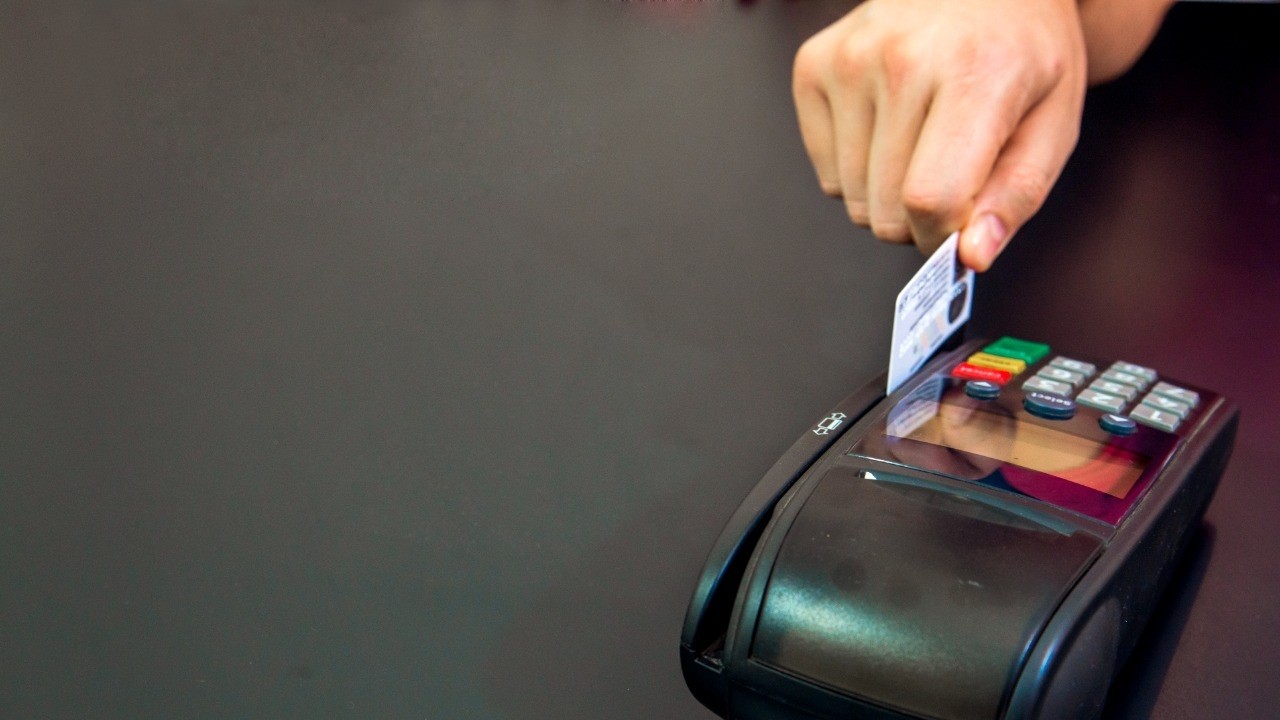
National Common Mobility Card Representative picture.
Credit: iStock Images
Last month, the Government of India asked banks to ensure all the new cards and reissues of old cards have the National Common Mobility Card (NCMC) as a default option. Launched by the Ministry of Housing and Urban Affairs in March 2019, NCMC is designed to promote cashless transactions and offer a unified payment platform for commuters across the country. Following the announcement, the Telangana government is set to roll out NCMC this month. In this edition of DH Deciphers, Lavpreet Kaur decodes the technology behind NCMC, its progress so far and the challenges hindering its adoption in India.
How does NCMC work?
NCMC is issued in the form of a prepaid, debit or credit RuPay card and has a separate option for offline transit transactions i.e. without directly accessing the user’s bank account. Prior to usage, users must load funds onto the card from their bank account or digital wallet. The idea is to eliminate the need for carrying multiple cards by supporting various services on a single card.
Embedded with a near-field communication (NFC) chip, the card securely stores user information and enables data transfer when tapped on compatible readers. To start using the NCMC, users must first link the card to their bank account or digital wallet. Encrypted NFC communication ensures privacy and security during transactions, while real-time updates keep users informed about their expenses and remaining balance. The NCMC card relies on the RuPay platform developed by the National Payments Corporation of India (NPCI).
Foreign variants of common mobility card
Some prominent foreign counterparts of common mobility cards include the Oyster card in the United Kingdom, Navigo in France, Myki in Australia and CharlieCard in the United States. There are also multi-purpose cards like Octopus Card of Hong Kong, Suica and Pasmo cards in Japan and the EZ-Link card in Singapore which can be used for public transit as well as retail purchases.
What is the progress of implementation in India so far?
While NCMC implementation has begun in certain cities and regions, full interoperability has not been achieved across all cities and states. The successful interconnection of NCMC cards relies on the collaboration and coordination between transportation operators and financial institutions in all parts of the country. Select transport operators in Delhi NCR, Ahmedabad, Surat, Bengaluru, Kochi, Mumbai, Nagpur, Pune, Chennai, Hyderabad and Kanpur currently accept fare payments via NCMC, while many more public transport operators across the country are in various stages of planning/implementation to become NCMC compatible.
Who can issue the cards?
Commercial banks are the primary issuers of the NCMC. So far 25 Indian banks including the State Bank of India, HDFC Bank, Indian Bank and Paytm Payments Bank can issue NCMC cards. Interestingly, global payment giants Mastercard and Visa have expressed interest so that their branded NCMCs can be issued through partner banks.
What are the challenges tied to implementation in India?
One significant hurdle is the low (or no) adoption by transport authorities across cities. Metro Rail Corporations across India have smart cards in place along with mobile ticketing through online payment applications, which commuters find very convenient to use.
Inadequate infrastructure and technological integration have been hindering nationwide implementation.
Experts DH spoke to also argued that there is no ‘switching incentive’ for users or transport operators to move to NCMC. For issuers and terminal vendors, the certification process is time-consuming and financially demanding. Additionally, replacing existing RuPay cards with new NCMC cards also comes at a cost and either the issuer bank or the customer has to bear these expenses.